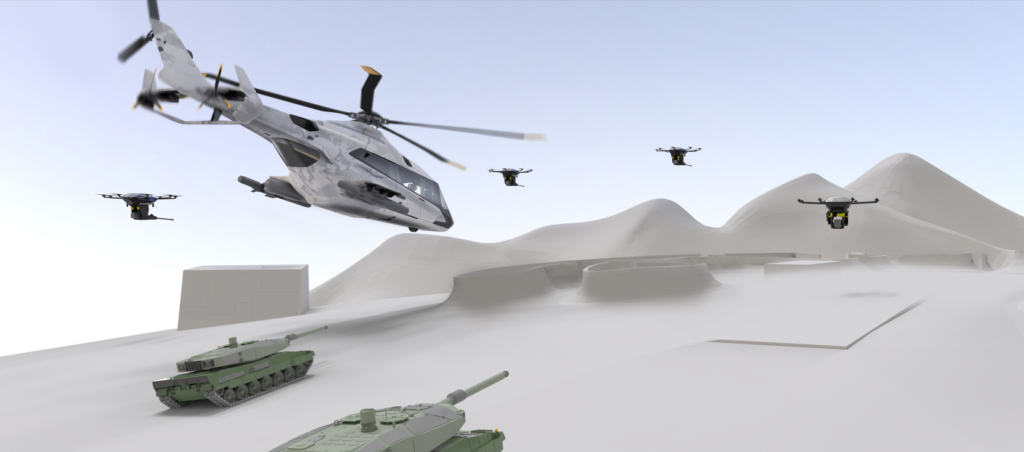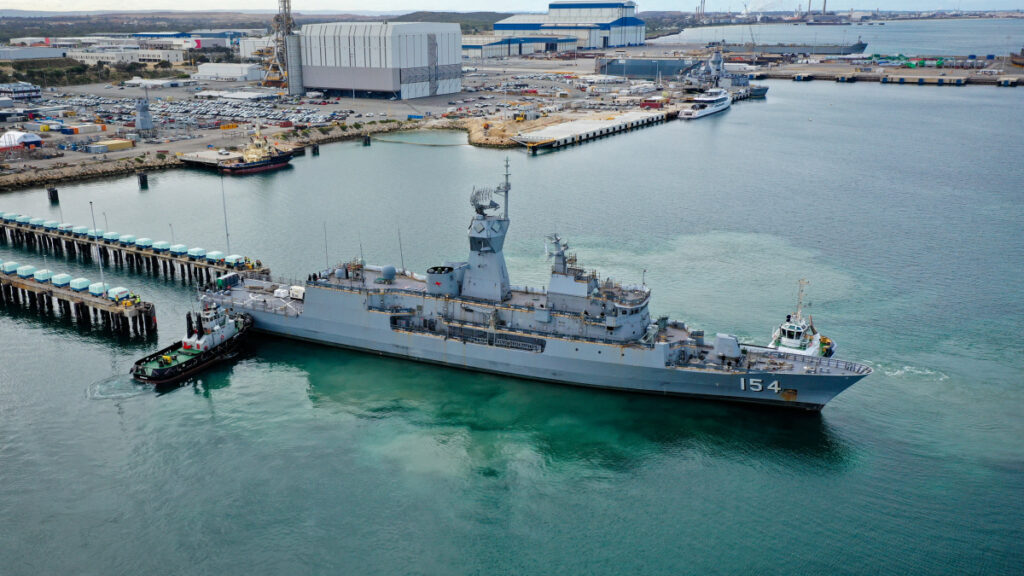An artist’s rendering of Epirus’ high-power microwave technology being used by Navy warships. (Provided by Epirus.)
SEA AIR SPACE 2024 — The Los Angeles-based technology contractor Epirus is preparing to test its high-power microwave capabilities in an upcoming Navy demonstration, one the company’s chief is pitching as useful in the ongoing efforts to fend off Houthi attacks in the Red Sea.
This “isn’t really a cost equation problem,” Andy Lowery, Epirus’ CEO, told Breaking Defense in an interview, referring to the Navy’s weekly expenditure of interceptors to protect shipping lanes in the Red Sea. “It is a bigger problem than that… The bigger problem is attrition. It’s the war of attrition.”
Lowery described his company’s technology, nicknamed Leonidas, as a phased array that can be directed at incoming threats, such as an unmanned surface vessel carrying explosives. The high-power microwave technology temporarily disrupts any electronics — while remaining harmless to humans — in its path, disabling a potential drone trying to connect with a US ship.
“We can put the beam in a huge wall of energy,” said Lowery. “We can make a wall of energy that takes up… 20 percent, 30 percent of the sky and create this wall of energy that doesn’t allow anything through it.”
The upcoming demo is the Navy’s Advanced Naval Technology Exercise, or ANTX, which will take place from June through September. ANTX is a recurring event, hosted by the Navy, designed to offer industry a chance to demonstrate its tech to the service’s research and development enterprise. The capabilities ANTX focuses on varies from year to year, but the event this year, dubbed Coastal Trident 2024, will focus on defending critical infrastructure, port and maritime domain awareness, augmented and virtual reality modeling and unmanned systems, according to a document outlining the event.
The aim of the demonstration for the Navy will be to set up numerous unmanned vessels representing potential threats and show how the high-power microwave tech can disable multiple vessels simultaneously — without expending valuable ammunition.
Epirus’ technology is already being used by the US Army which previously picked the capability in a 2018 competition hosted by the service’s Rapid Capabilities and Critical Technologies Office. That competition subsequently led to the service awarding contracts to several companies, including a $66 million deal to Epirus for at least four production units over the next several years.
Since the start of the ongoing war between Israel and Hamas back in October, the US Navy has taken up positions in the Mediterranean and Red Seas, both to protect commercial shipping lanes from Houthi rebel attacks as well as try to prevent the conflict from spreading throughout the Middle East.
The warships on station have been successful at shooting down dozens of missiles and drones, but it has established a looming problem for big Navy in Washington, DC: How long can we do this before running out of ammo?
Some Navy officials have publicly bristled at the question, insisting the lives of sailors are priceless and no cost can be spared to ensure the safety of a ship. But Lowery, who himself is a retired Navy officer, said the service’s discomfort doesn’t change the answer to the problem.
“This is not a question of cost,” said Lowery. “This is a question of you running out of bullets. It’s not [about] how much those golden bullets are, it’s [about] you having no more in your magazine, and then having no bullets to protect those sailors with.”



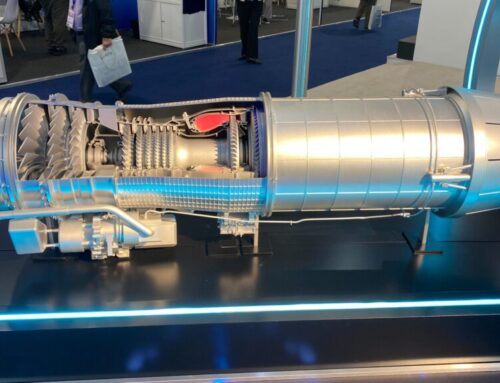
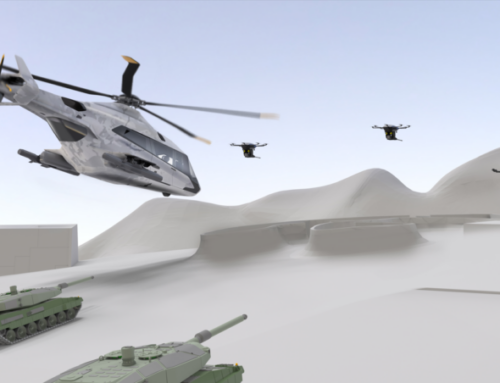
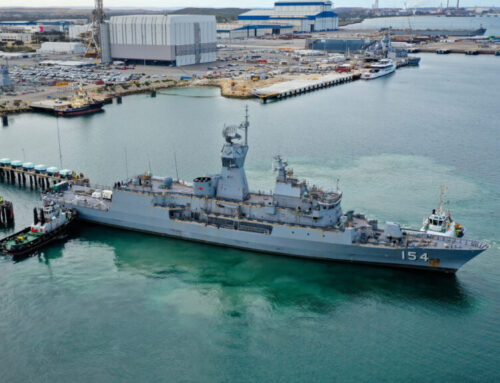
![The sights from the 2024 Farnborough Airshow [PHOTOS]](https://centurionpartnersgroup.com/wp-content/uploads/2024/07/IMG_8722-scaled-e1721930652747-1024x577-hZjwVb-500x383.jpeg)

